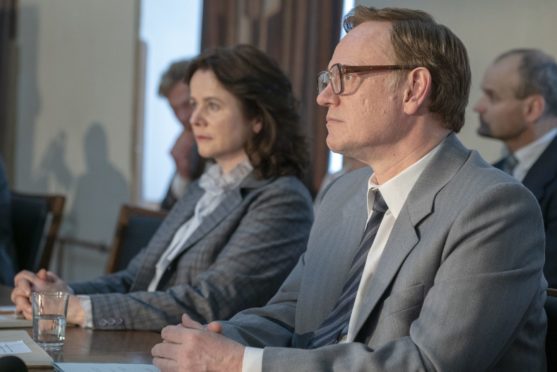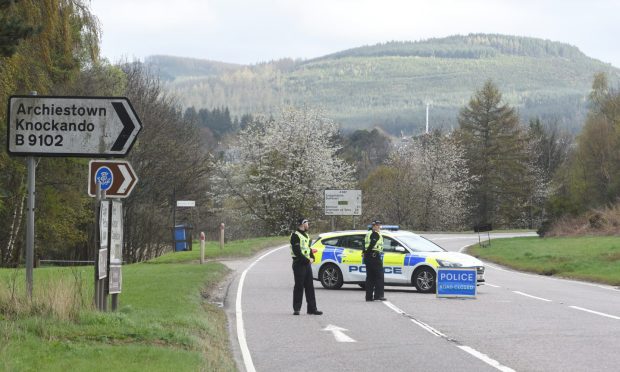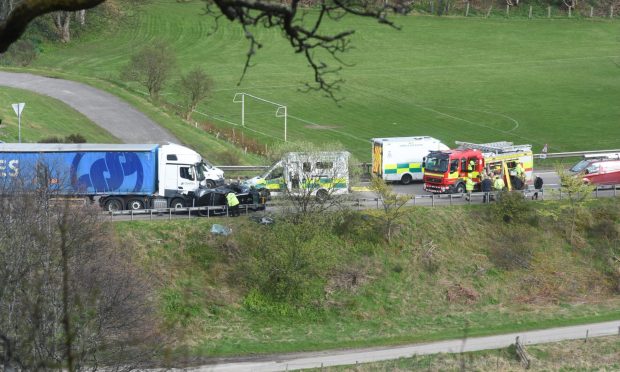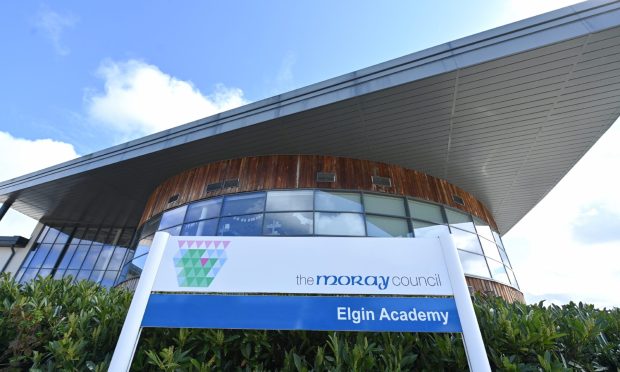More parts of Scotland may follow Moray’s example in helping children whose lives have been blighted by one of the greatest man-made catastrophes ever.
The Chernobyl nuclear disaster in 1986 left swathes of Ukraine, Belarus and Russia uninhabitable due to radioactive contamination.
As many as 16,000 people are believed to have died as a result of the power plant explosion, with the worst-hit areas rendered uninhabitable for at least 20,000 years.
Friends of Chernobyl’s Children (FCC) is a charity founded in 1995 that brings children at risk from the radiation to the UK for a month every year.
At the moment, the Moray branch is the only one in Scotland, however plans are in place to start up two new outfits, in Orkney and Angus.
Earlier this year a five-part miniseries on Chernobyl was aired on Sky to great acclaim.
Clare Cotton, who runs the Moray branch of FCC, says the popularity of the series has been of tangible benefit to the charity.
She said: “I’m on the UK-wide board of the charity and there have been lots of interest as a result of people seeing the films, including two new groups in Scotland which are hopefully going to start up soon in Orkney and Angus.
“I got to the second episode and couldn’t watch any more, I found it too distressing as I’ve seen the effects myself when I go to Belarus.
“But it has been fantastic for raising awareness.
“People said they just didn’t realise the radiation was still an issue over 30 years later.
“But in actual fact it will be 21,000 years before the last of the radiation leaves the affected areas.
“The level of contamination doesn’t necessarily depend on proximity to Chernobyl.
“There are pockets of so-called ‘hot areas’ where the radiation seeded in the clouds, and then wherever the rain fell became contaminated.
“Because the wind was blowing north, many parts of Belarus were badly affected.
“Even now we are constantly finding contaminated areas.
“Families living there are still farming and growing vegetables on radioactive land – they don’t have a choice.”
The charity selects 15 to 20 children from Belarus in five-year cycles, where they spend a month a year for five years with a host family in Moray.
Host families from all over the county take in children, with school classes put on at Duffus village hall, and optician, dentist and general health checks provided.
“They come here and they get a month of love and care, good food and clean air,” said Mrs Cotton.
“The transformation after a month is incredible.
“When we take them they have a grey pallor, and their immune systems are shot.
“We had one girl who caught chickenpox while she was over here, and her hair fell out because her immune system couldn’t cope.
“That’s a direct result of the radiation.”
THE BACKGROUND
The Chernobyl disaster happened on April 26, 1986, at the Chernobyl nuclear power plant in Pripyat, Ukraine, near the Belorussian border.
The nuclear reactor core of reactor number 4 overheated, causing an explosion which released significant radioactive contamination over 39,000 square miles, with Belarus, Ukraine and Russia hit worst by the fallout.
Slighter levels of contamination were detected over all of Europe except for the Iberian peninsula.
Approximately 350,000 people were evacuated from the areas worst hit by radioactive fallout.
Between 9,000 and 16,000 people are believed to have died as a result of the disaster.
Many more suffered cancers, birth defects, and assorted other illnesses as a result of the radiation.
Experts say the area will be uninhabitable for at least the next 20,000 years.










